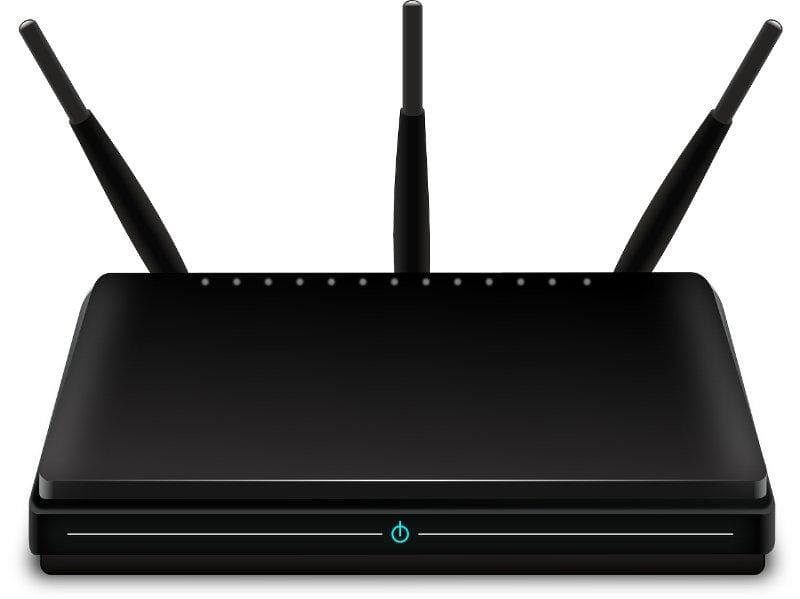Particularly if you have a full house, your Wi-Fi network is essentially the beating core of your house in the modern world. Your internet is working extra between remote work, online classes, TikHub streaming, Netflix marathons, and the sporadic gaming event.
It could be time to ask: Do we have the correct internet plan for our large family if your connection feels like it’s crawling and you’re hearing more “Ugh, it’s lagging again”?
Let’s dissect how the internet actually operates in a busy household, what kind of bandwidth you require, and which type of home internet can manage the digital anarchy of modern family life.
Contents
First Things First: Does the Number of People Affect Internet Speed?
Short answer: Yes. Absolutely.
Consider your internet as your freeway. Traffic will probably slow down more often the more cars—a.k.a. devices—you have on it. Every phone, tablet, smart TV, laptop, or smart speaker hooked to your Wi-Fi consumes a little of your bandwidth.
And let’s be honest—between video conversations, games, YouTube, and several devices per individual, it quickly accumulates in a large home.
How Much Bandwidth Does a Large Family Really Need?
There’s no one-size-fits-all number, but here’s a quick way to estimate:
| Online Activity | Recommended Bandwidth per Device |
|---|---|
| Basic browsing, email | 1–5 Mbps |
| Video streaming (HD) | 5–8 Mbps |
| Video streaming (4K) | 15–25 Mbps |
| Online gaming | 3–10 Mbps |
| Video calls (Zoom, Teams) | 2–6 Mbps |
| Remote work or school | 10–25 Mbps |
For a family of five to seven with many gadgets each, then? To make everything seamless and peaceful, you most likely have a plan with at least 200–500 Mbps—if not 1 Gbps (1,000 Mbps).
Pro tip: Upload speed counts as well, particularly in homes that frequent video conferences or large file uploads. If at all feasible, find symmetrical speeds; more on this below.
Internet Types: Which One Can Keep Up With a Big Family?
Let’s walk through the most common internet options and how they hold up in a busy household:
Fiber Internet (Best Overall)

Ideal for streaming families, remote workers, gamers, teenagers claiming “lag” as though it were a curse word. Read also Maximizing Productivity: The Benefits of Fiber Internet for Your Business.
Fibre handles several devices like a champ, provides lightning-fast, symmetrical speeds (same upload and download), and rock-solid dependability. This is the winner if it is accessible in your neighbourhood.
✅ Fastest speeds (up to 1 Gbps or more)
✅ Handles many users at once
✅ Great for smart homes and work-from-home parents
❌ Not yet available in all areas
Cable Internet (Great Alternative)
Ideal for families needing high speed but without access to fibre
Most homes can afford cable internet, which provides plenty of speed. Just keep in mind that upload speeds are slower than fibre and that, should your neighbours be also online, performance may suffer during peak hours.
✅ Fast download speeds (often 100–500 Mbps)
✅ Widely available
❌ Slower upload speeds
❌ May slow down at busy times
DSL Internet (Okay for Light Users)
Ideal for families with low internet requirements (consider email and browsing)
DSL usually maximises at slower rates and makes use of ageing phone lines. This choice just cannot keep up for homes with several broadcasters or gamers or for big families.
✅ Affordable
✅ Available in rural areas
❌ Slower speeds
❌ Not ideal for heavy use
Fixed Wireless or Satellite (Rural Options)
Ideal for families living in rural or far-off locations without any choices for wired internet
Living off the usual road, fixed wireless or satellite could be your only options. Hello, Starlink! Although data limitations, latency, and unpredictable speeds can still be problems even while they are improving.
✅ Expands access in rural areas
✅ New satellite tech is improving
❌ Slower and more lag
❌ Limited data plans
Other Things to Keep in Mind
Improve Your Router: An old or weak router might choke your connection even with great internet. For bigger households, think about a mesh Wi-Fi system; it distributes the signal uniformly, therefore leaving no place behind. Read also Budget-Friendly Wi-Fi 6 Router.

Sort Devices using QoS: Some routers let you decide which devices get priority on the network (helps when mom’s Zoom call counts more than someone’s Fortnite match… sorry kids).
I Sort Devices using QoS: Some routers let you decide which devices get priority on the network (helps when mom’s Zoom call counts more than someone’s Fortnite match… sorry kids). Tools like 10.0.0.1 piso wifi pause time can also be useful in managing and temporarily pausing specific connections, especially in shared Wi-Fi setups.
Look for a data cap; some companies only let you use a monthly limit. With all that streaming and education, a family of five can surprisingly fast blow through a cap.
So, What’s the Best Internet for Your Big Family?
- If fibre is readily available, fast, dependable, and perfect for multitasking homes.
- The next best thing and fits most households is cable.
- Though they come with greater trade-offs, DSL, satellite, or fixed wifi can come in handy.
Ultimately, the “best” internet for your family will rely on the local options as well as the number of gadgets fighting for bandwidth. But you can bring order from your digital anarchy with the correct layout and a decent router!
Final Thought
In a large family, internet is the digital glue for your house, not only a tool. Get the correct connection, and you’ll experience better streaming, maybe even some extra peace and quiet, and less complaints.






